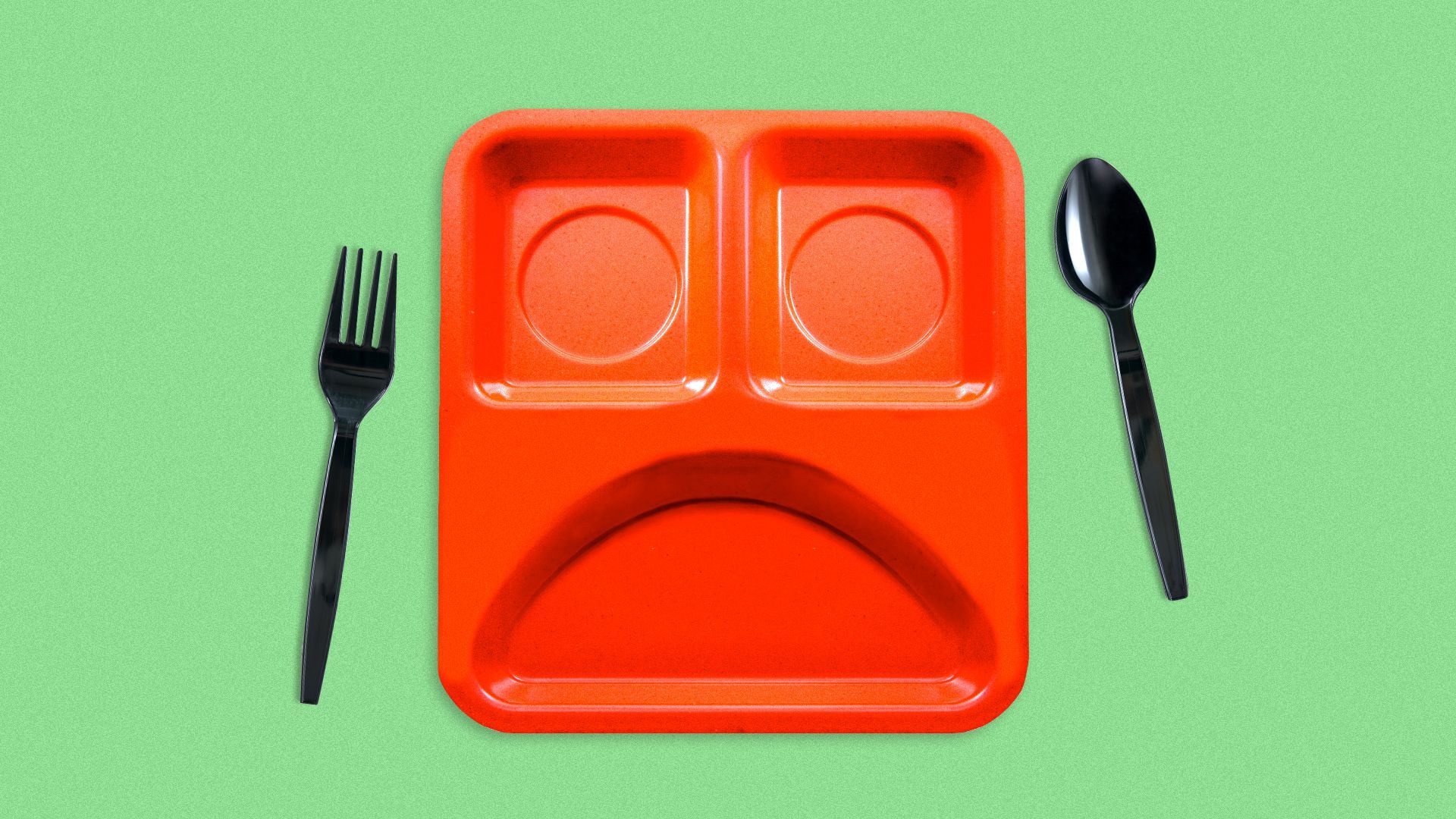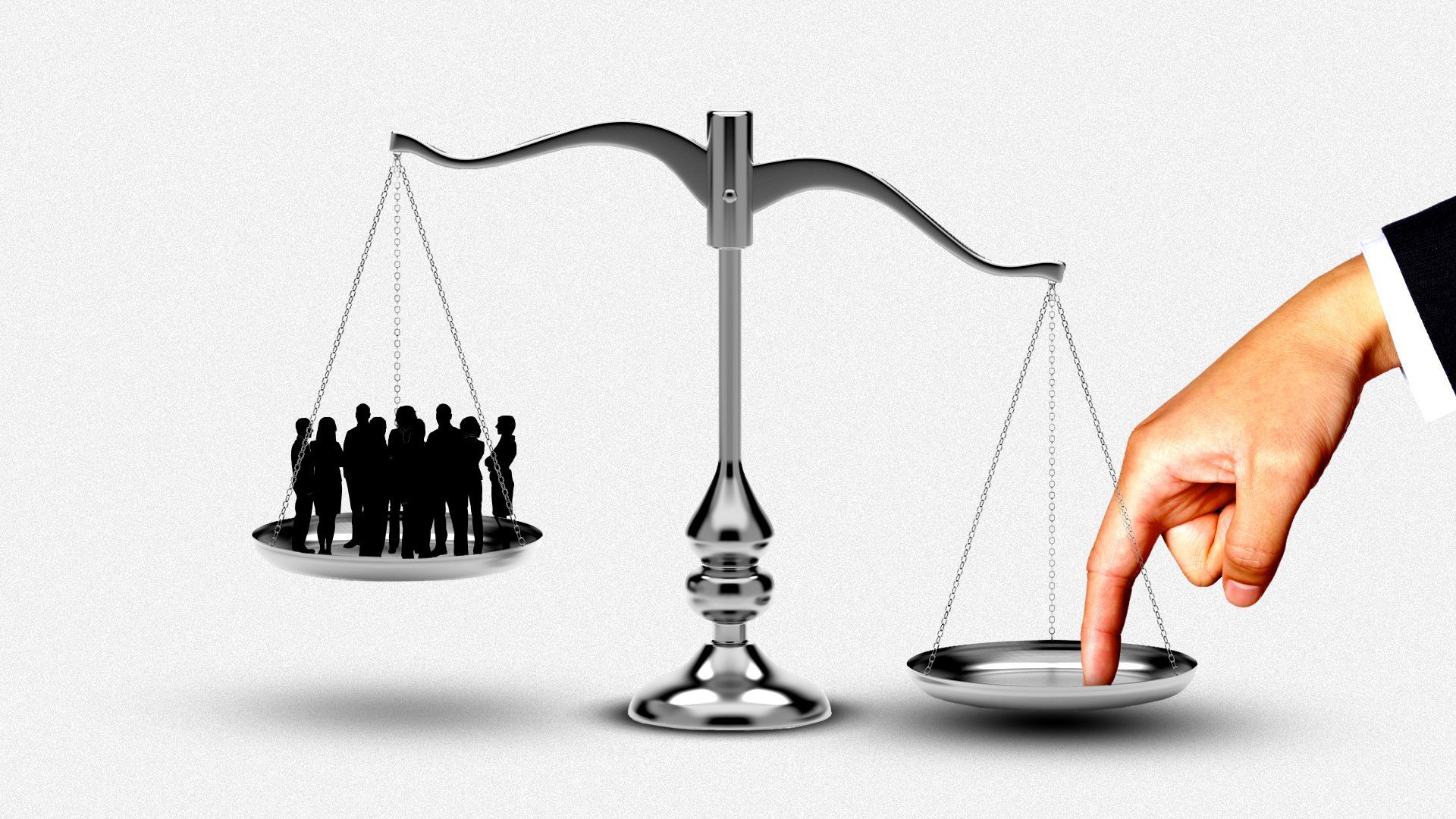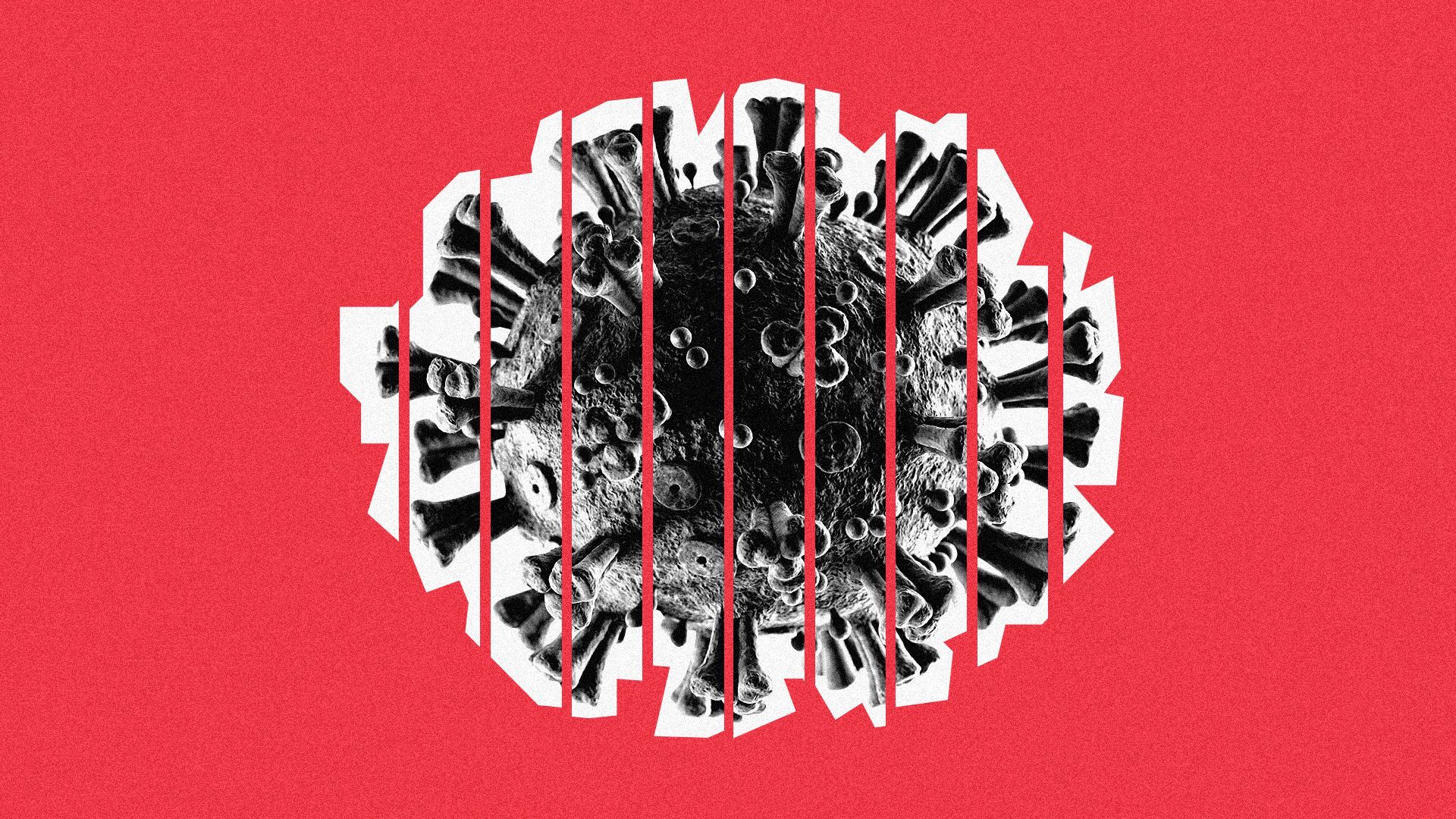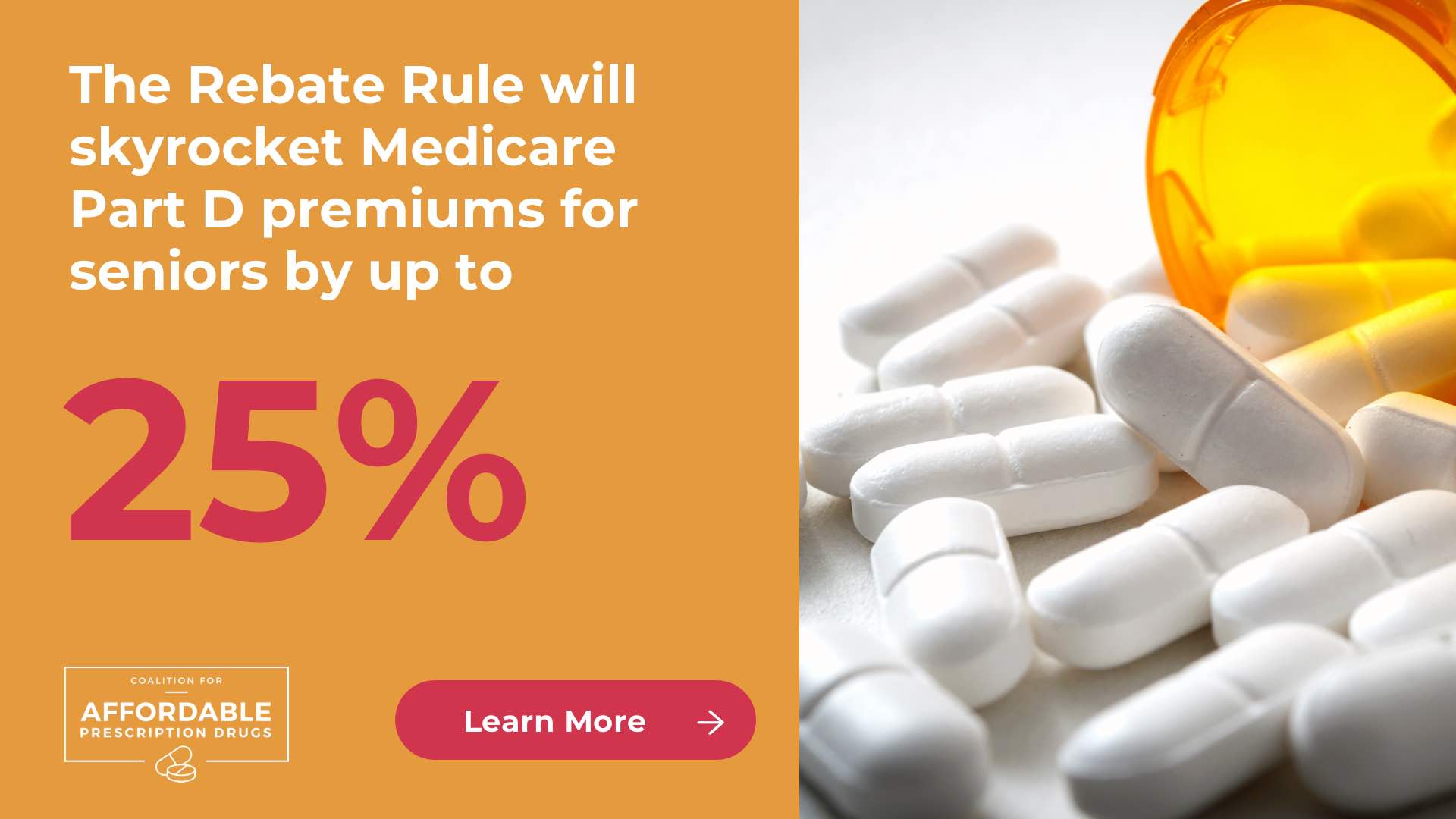| | | | | | | Presented By Coalition for Affordable Prescription Drugs | | | | Vitals | | By Caitlin Owens ·Jan 25, 2021 | | Good morning. - 🌆 Axios Local is here! Daily local news in America's hometowns starting with Tampa Bay and the Twin Cities. Newsletters for Charlotte, Denver, and Des Moines are coming soon.
- Sign up.
Today's word count is 1,112, or a 5-minute read. | | | | | | 1 big thing: The pandemic could be worsening child obesity |  | | | Illustration: Aïda Amer/Axios | | | | The 10-month long school closures and the coronavirus pandemic are expected to have a big impact on childhood obesity rates, Axios' Marisa Fernandez reports. Why it matters: About one in five children are obese in the U.S. — an all-time high — with worsening obesity rates across income and racial and ethnic groups, data from the National Health and Nutrition Examination Survey show. Children tend to gain weight in the summer when schools are out, studies show, and a letter in medical journal Obesity already estimated an increased obesity rate in children of more than 4% if they remained out of school for five months. What's happening: School meals are a critical source of calories and nutrition for children across the U.S. Without schools means, gym classes or commuting, the sedentary virtual learning environment has given children an extended summer, The Counter reports. - "It's certainly very likely that these two crises, the childhood obesity epidemic and the COVID pandemic, are intersecting in many ways," said Jamie Bussel, senior program officer for children's health at the Robert Wood Johnson Foundation.
The big picture: During the pandemic, the U.S. Department of Agriculture provide give some flexibility in allowing children and families to still obtain free meals through the National School Lunch Program and summer program, regardless of income or address. - But most schools and food insecurity programs were preoccupied with the logistics on how to safely deliver food and pick-up sites to families, and fresh foods were sometimes not possible.
The bottom line: Childhood obesity is a strong indicator for obesity into adulthood, which increases the risk for Type 2 diabetes and high blood pressure, and puts them at greater risk for severe consequences from COVID-19. |     | | | | | | 2. Coronavirus has inflamed global inequality |  | | | Illustration: Aïda Amer/Axios | | | | History will likely remember the pandemic as the "first time since records began that inequality rose in virtually every country on earth at the same time." - That's the verdict from Oxfam's inequality report covering the year 2020 — a terrible year that hit the poorest, hardest across the planet, Axios' Felix Salmon and Stef Kight report.
Why it matters: The world's poorest were already in a race against time, facing down an existential risk in the form of global climate change. The coronavirus pandemic could set global poverty reduction back as much as a full decade, according to the World Bank. - The virus has exposed how work, health and education systems create additional disadvantages for low-income families and minorities, while allowing the most wealthy to recover quickly.
- A majority of nearly 300 economists from around the world surveyed by Oxfam said they expect the virus to exacerbate gender (56%), racial (66%), wealth (78%) and income (87%) inequalities in their countries.
How it works: In the U.S., 22,000 Black and Latino Americans would still be alive today if their coronavirus mortality rates were the same as white people — a result of unequal access to health care, disproportionate rates of preexisting conditions and other compounding disadvantages in communities of color, as Axios has reported. Go deeper. |     | | | | | | 3. Schools face an uphill battle to reopen |  | | | Illustration: Aïda Amer/Axios | | | | President Biden's plan to accelerate the reopening of K-8 schools faces major challenges from a still out-of-control pandemic and more contagious coronavirus variants, Axios' Bryan Walsh reports. Why it matters: The longer American kids miss in-person schooling, the further they fall behind. But the uncertain state of the science on the role young children play in the pandemic continues to complicate efforts to reopen schools. Driving the news: On Thursday, Biden signed an executive order laying out his administration's response to COVID-19, which builds on a proposed coronavirus relief package that would include $130 billion in additional aid for K-12 schools. - That money can be used to improve ventilation, reduce the size of in-person classes to emphasize social distancing, and purchase more personal protective equipment.
By the numbers: In his inaugural address, Biden said "we can teach our children in safe schools." But with the country still recording nearly 200,000 new COVID-19 cases a day, we're still a long way from that goal. Details: The state of the science around the safety of opening schools during the pandemic remains in flux. But, but, but: Other studies indicate transmission can and does happen in schools, especially as overall levels of the virus in the community rise. Go deeper. |     | | | | | | A message from Coalition for Affordable Prescription Drugs | | Rebate Rule is the wrong prescription for lower drug prices | | |  | | | | The Trump Administration's prescription drug "Rebate Rule" will raise seniors' premiums by up to 25%, skyrocket government spending, and will not deliver the lower drug costs that patients need. Learn more about why it should be overturned. | | | | | | 4. Pandemic fatigue quantified |  Social distancing plummeted as the pandemic continued on in the U.S., new research published in JAMA shows. Between the lines: Most people continued to avoid large crowds and interactions with high-risk people for more than six months. - But staying home and remaining isolated from everyone other than household members was too much to ask for many Americans over such an extended period of time.
- These cracks in social distancing practices were all the virus needed to continue spreading, eventually taking off like wildfire across every region of the country at once.
My thought bubble: If there's any obvious lesson to learn from all of this, it's that stopping a pandemic early on — before people become exhausted with the disruption to their lives — is crucial. |     | | | | | | 5. Catch up quick |  | | | Illustration: Aïda Amer/Axios | | | | The U.S has confirmed more than 25 million coronavirus cases, per Johns Hopkins data updated on Sunday. CDC director Rochelle Walensky, newly appointed by Biden, told Fox News on Sunday that the administration does not know the current number of COVID vaccines available for distribution — due to a lack of data gathered by the agency under Trump — making it more difficult for states to accurately plan. The U.S. has administered more than 1 million vaccine doses a day, on average, over the last week, per Bloomberg. Vaccine distribution, pandemic data and a cross-party comity dominated yesterday's virtual meeting between White House officials and a bipartisan group of 16 senators, Sen. Angus King told Axios' Alayna Treene. Patients can space out the two doses of the coronavirus vaccine by up to six weeks if it's "not feasible" to follow the shorter recommended window, according to updated guidance from the Centers for Disease and Control and Prevention. Cities around the world are ramping up efforts to vaccinate homeless people as part of an effort to curb the spread of COVID-19, following pressure from local activists, Axios' Fadel Allassan reports. Pfizer and BioNTech will supply 40 million doses of the coronavirus vaccine to COVAX, the global effort aimed at ensuring that every country has access to COVID-19 vaccines, the drug makers and World Health Organization announced Friday. Hong Kong has placed tens of thousands of residents on lockdown to contain a new coronavirus outbreak. It's the first time Hong Kong has imposed a lockdown since the pandemic began. |     | | | | | | A message from Coalition for Affordable Prescription Drugs | | Premiums for seniors will skyrocket under Rebate Rule | | |  | | | | The Coalition for Affordable Prescription Drugs, alongside other concerned organizations, urges the Biden Administration and Congress to protect seniors from higher premiums by overturning this rule and enacting reforms that lower Rx prices. Learn more. | | | | | | Axios thanks our partners for supporting our newsletters.
Sponsorship has no influence on editorial content. Axios, 3100 Clarendon Blvd, Suite 1300, Arlington VA 22201 | | | You received this email because you signed up for newsletters from Axios.
Change your preferences or unsubscribe here. | | | Was this email forwarded to you?
Sign up now to get Axios in your inbox. | | | | Follow Axios on social media:    | | | | | |









No comments:
Post a Comment